Explore a selection of dog breeds that thrive in outdoor environments, making them ideal companions for all seasons. From sturdy coats to high energy levels, these dogs are well-suited for outdoor living. Learn about their adaptability to various weather conditions and their natural instincts that make them excel in outdoor settings.
Find out which breeds are best suited for an outdoor lifestyle, including herding dogs, and how they can bring joy and companionship to your outdoor adventures. Scroll down to read reviews of our top picks and find the perfect year-round outdoor companion for you and your family.
Key Takeaways
- Consider breeds like Alaskan Malamute, Siberian Husky, and Bernese Mountain Dog for outdoor living due to their thick coats and cold-weather tolerance.
- Australian Cattle Dog, Rhodesian Ridgeback, and Border Collie are also suitable for outdoor living with proper shelter and care.
- German Shorthaired Pointer, Labrador Retriever, and Akita can adapt to outdoor living if provided with adequate shelter, food, and water.
- Belgian Malinois, an adventure dog, requires a secure and spacious outdoor environment to thrive comfortably year-round.
- Ensure all outdoor-living dogs have access to fresh water, shade, shelter from extreme weather, and regular veterinary care.
- Monitor your dog’s behavior and health closely to ensure they are thriving outdoors.
1. Alaskan Malamute
The Alaskan Malamute is a breed known for its strength and endurance in cold climates, making it one of the outdoor dog breeds. With their thick double coat, they are well-equipped to thrive outdoors in outdoor living environments throughout the year. These dogs love the great outdoors and are perfect companions for those who enjoy outdoor adventures such as hiking or running.
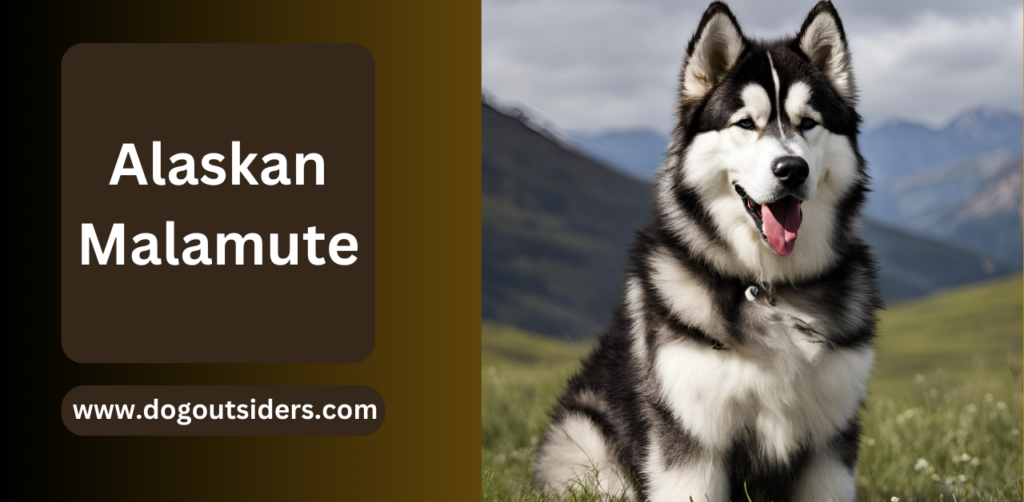
Regular exercise outdoors is essential for Alaskan Malamutes, as they are high-energy dogs that require ample space to run and play. Their love for the outdoors makes them ideal for families or individuals who lead active lifestyles and enjoy spending time outside. Due to their cold-weather heritage, these dogs can comfortably live outdoors year-round, provided they have proper shelter and care.
Proper grooming is crucial for Alaskan Malamutes due to their thick coat. Regular brushing helps maintain their coat’s health and cleanliness, preventing matting and keeping them comfortable in all weather conditions. Ensuring they have access to fresh water, adequate food, and a safe outdoor environment is vital for their overall well-being.
2. Australian Cattle Dog
The Australian Cattle Dog is a herding dog known for its exceptional intelligence and energy levels. They are considered one of the best working dogs due to their ability to thrive outdoors in outdoor environments year-round. This breed excels as an adventure dog, making them ideal for active individuals seeking a companion for various outdoor activities.
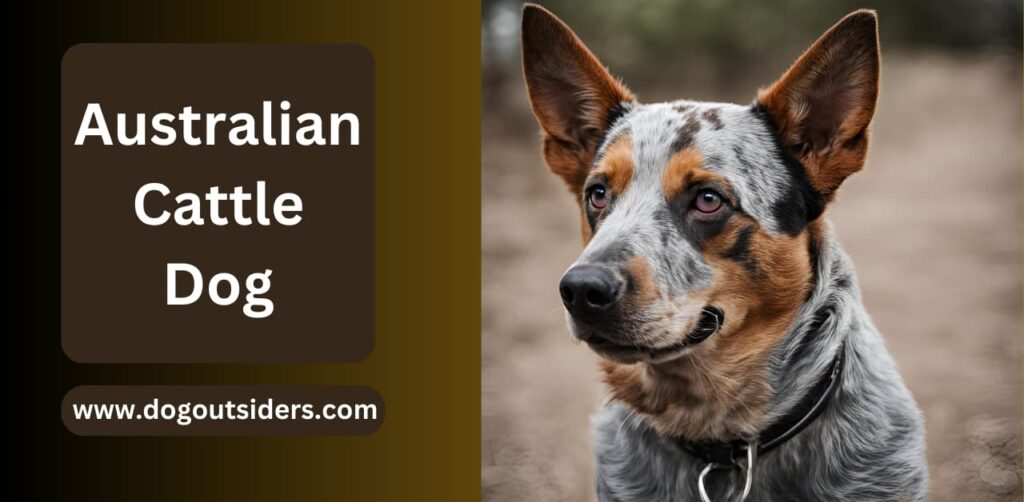
Key Features:
- Highly Intelligent: Australian Cattle Dogs are renowned for their sharp intellect, making them quick learners and excellent problem solvers.
- Energetic Breed:With a high energy level, they require ample physical exercise and mental stimulation to prevent boredom.
Insights:
- Their herding instincts make them natural protectors, displaying unwavering loyalty and a strong protective nature towards their family.
- The breed’s sturdy build and endurance enable them to withstand various weather conditions, allowing them to live outside comfortably throughout the year, making them an outdoor dog.
Notable Qualities:
- Australian Cattle Dogs are valued for their versatility, excelling not only as outdoor companions but also as loyal guard dogs.
- Their distinctive dog coat serves as protection against harsh elements, ensuring they remain comfortable while outdoors.
Fun Fact:
- The Australian Cattle Dog was originally bred in Australia to herd cattle over long distances, showcasing their innate herding abilities and work ethic.
3. Siberian Husky
Siberian Huskies, known for their striking appearance and wolf-like features, are a breed that stands out for their unique characteristics. With a strong prey drive, they require secure containment to prevent any escape attempts. Their double-layered coat allows them to thrive in colder climates, making them suitable for living outdoors year-round.
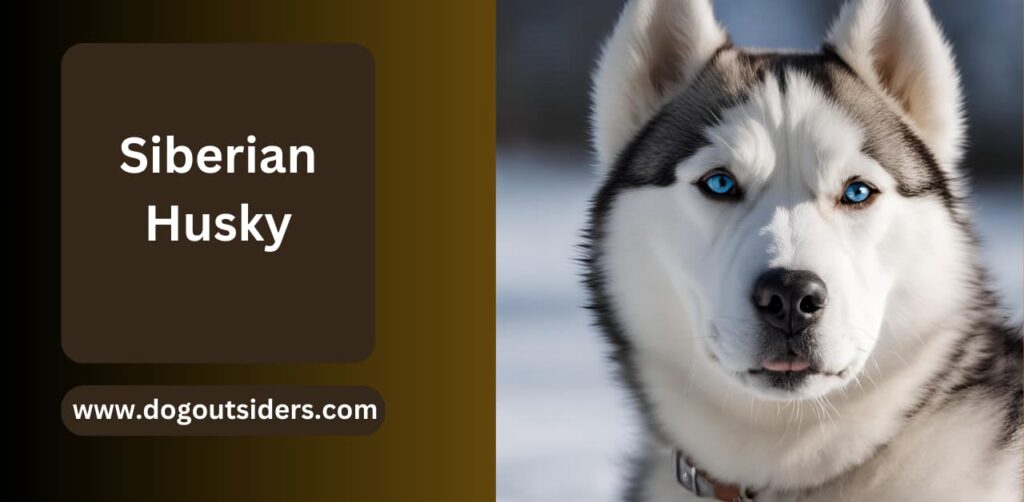
These dogs are descendants of the Chukchi people’s dogs, bred to pull sleds through harsh Arctic conditions. Their lineage explains their endurance in cold weather and high activity levels. Siberian Huskies have an extra energy reserve, which makes them ideal for outdoor living where they can roam and explore freely.
Due to their history as sled dogs, Siberian Huskies possess a significant amount of energy that needs to be expended daily through exercise and mental stimulation. This breed is not suited for apartment living due to their need for space, activity, and being an outdoor dog.
When considering owning an outdoor dog like a Siberian Husky, it’s crucial to provide ample opportunities for exercise and playtime to keep them mentally and physically satisfied. They excel in activities like hiking, running, or even participating in dog sports like agility or sledding.
4. Rhodesian Ridgeback
Originally bred for hunting and guarding purposes, the Rhodesian Ridgeback stands out as a breed known for its unique characteristics. Renowned for their distinctive ridge of hair along their back, these dogs are recognized for their independence and aloof nature, making them suitable for living outdoors year-round.

With a history rooted in Africa, these dogs possess a strong prey drive, which is essential to their hunting background. This innate trait can make them vigilant protectors of their territory, ensuring security in an outdoor setting. Early socialization and consistent training are crucial to harnessing their natural instincts effectively.
The Rhodesian Ridgeback excels as an outdoor dog in environments where they have ample space to roam and explore. Their robust build and athleticism enable them to thrive in outdoor settings, provided they receive proper care, shelter, and attention. These dogs require regular exercise to maintain their physical and mental well-being.
5. Bernese Mountain Dog
The Bernese Mountain Dog is a gentle giant known for its friendly and affectionate nature, making it an excellent companion for families. With their striking tri-color coat and calm demeanor, they are popular outdoor dog breeds suitable for living outside year-round.
These dogs are prone to certain health issues, particularly due to their large size. Issues such as hip dysplasia and certain cancers can affect them, requiring regular vet check-ups and proper care to ensure their well-being.
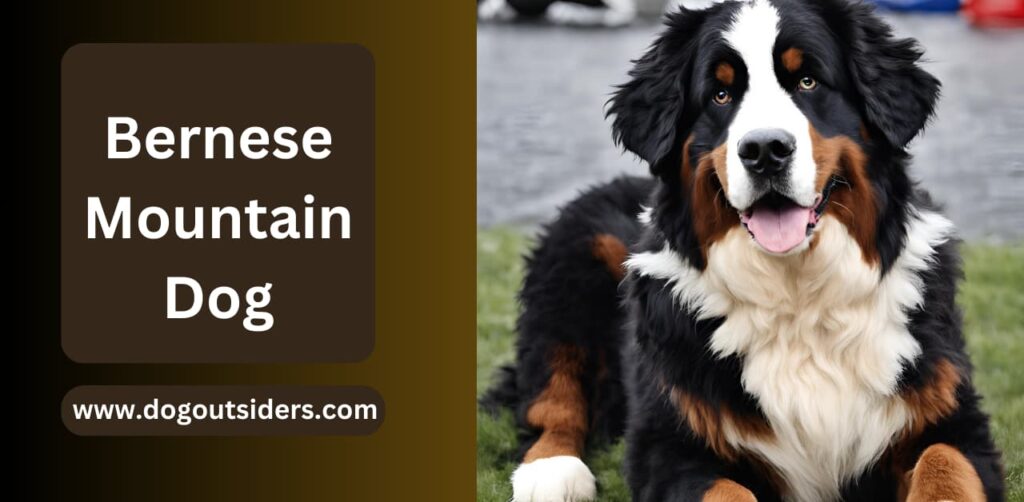
Regular grooming is essential for Bernese Mountain Dogs to maintain their long, thick coat. Brushing their fur a few times a week helps prevent matting and keeps their coat healthy and shiny. These dogs shed moderately throughout the year but experience heavier shedding during seasonal changes.
Despite being great outdoor companions, Bernese Mountain Dogs thrive on human interaction and may not do well if left alone for extended periods. They enjoy activities with their family members and require daily exercise to stay healthy and happy.
6. Border Collie
Border Collies, known for their intelligence, are a popular choice for families seeking an energetic and trainable outdoor companion. These dogs thrive on mental stimulation and tasks, making them ideal for households willing to invest time in dog training and activities.

Key Features:
- Intelligence: Border Collies are considered one of the most intelligent dog breeds, excelling in obedience training and various tasks.
- Herding Instincts: Their innate herding instincts make them vigilant and excellent at keeping watch over their surroundings.
- High Energy Levels: Border Collies have abundant energy that requires regular exercise to prevent boredom or destructive behavior.
Insights:
- Mental Stimulation: To keep a Border Collie happy outdoors year-round, provide engaging activities like agility exercises or interactive toys.
- Fence Requirements: Due to their tendency to roam, a secure fence is essential to prevent them from wandering off.
- Leash Training: Proper leash training is crucial as these dogs may chase after moving objects due to their herding nature.
7. German Shorthaired Pointer
Versatile hunting dogs with a strong prey drive, German Shorthaired Pointers are ideal for living outside year-round. They thrive as an outdoor dog, needing ample room to roam and play.
Regular exercise is crucial for these pups to keep them mentally and physically stimulated. Their high energy levels make them perfect companions for active individuals or families who enjoy outdoor activities with a dog.

With their friendly and trainable nature, German Shorthaired Pointers can also serve as excellent guard dogs, providing security while enjoying the outdoors. Their intelligence and eagerness to please make training them a rewarding experience.
These dogs require minimal grooming, making them low-maintenance in terms of coat care. They are generally healthy but should be microchipped and regularly checked for common issues like heartworms.
For those looking to have a dog that can live outside year-round, the German Shorthaired Pointer offers the perfect blend of playfulness, loyalty, and protective instincts. Providing them with a well-thought-out plan that includes plenty of opportunities for exercise and mental stimulation will ensure their happiness and well-being.
8. Labrador Retriever
Intelligent and Trainable: Labrador Retrievers are known for their intelligence and trainability, making them excellent candidates for various jobs, including working as service dogs, search and rescue dogs, and therapy dogs.
Active Lifestyle: Labs, being a dog, require lots of exercise to stay healthy and happy. Their high energy levels make them great companions for outdoor activities like hiking, running, or playing fetch in the yard.
Water Enthusiasts: With their water-resistant coat and love for swimming, Labradors are well-suited for locations with greater rainfall or proximity to bodies of water. They enjoy spending time in the water, making them ideal for families living near lakes or beaches.
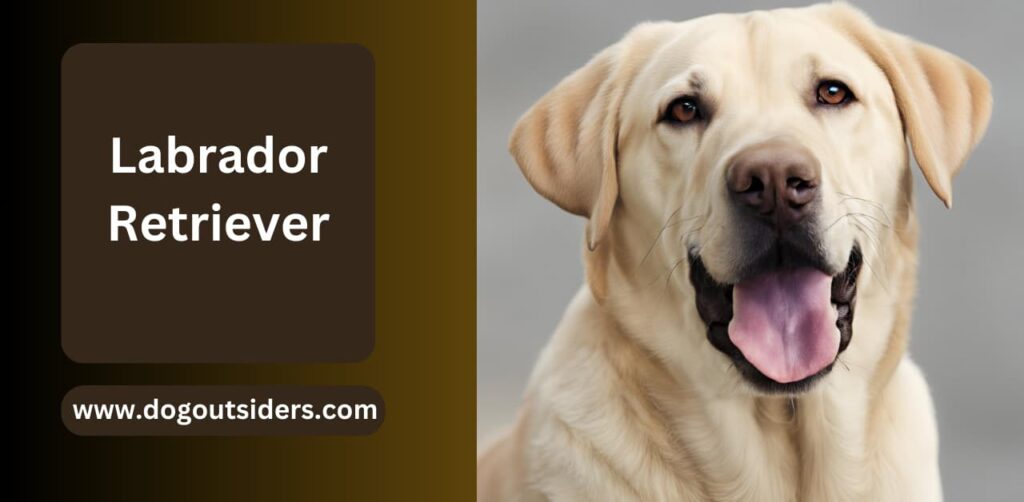
Prone to Obesity: Despite their active nature, Labs can be prone to obesity if not provided with a balanced diet and regular exercise. It’s essential to monitor their food intake and ensure they get enough physical activity to prevent weight gain.
Recall Training: Due to their friendly and outgoing nature, Labradors may have a tendency to drop what they’re doing when called by strangers. Proper recall training is crucial to ensure they remain safe when outdoors unsupervised.
Labrador Retrievers are versatile dogs that thrive in outdoor environments year-round. Their friendly demeanor, intelligence, and love for activity make them an excellent choice for families looking for a companion that can keep up with an active lifestyle.
9. Akita
The Akita is a regal and dignified dog breed known for its strong protective instinct. They are independent dogs that require early socialization and obedience training to thrive in various environments. This dog breed is best suited for owners who are confident and experienced in handling their independent nature.
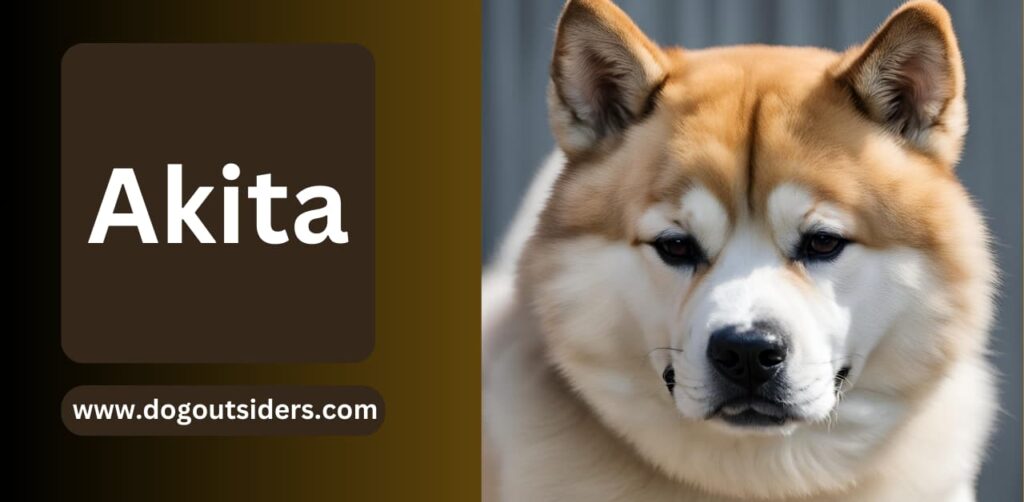
Key Features:
- Regal and Dignified: Akitas possess a majestic appearance and carry themselves with grace.
- Strong Protective Instinct: Known for their loyalty and protective nature towards their family members.
Insights:
- Early Socialization: Akitas need to be socialized from an early age to ensure they are well-adjusted and friendly towards strangers.
- Confident Owner: Due to their independent nature, Akitas require an owner who can establish leadership without being harsh.
Facts:
- Akitas are prone to escaping, so a secure area is essential for them.
- Their thick double coat, suitable for living outdoors year-round, helps them withstand cold temperatures, making them a great outdoor dog.
- Akitas, a dog breed, originate from Japan and were initially bred for hunting large game like bears.
Considerations:
- Akitas, being a dog breed, may not do well in hot climates, so providing adequate shade and water is crucial.
- Regular grooming is necessary to prevent matting of their fur and reduce the risk of ticks infestation due to their dense coat.
10. Belgian Malinois
Belgian Malinois are highly intelligent and driven working breed dogs, known for their exceptional work ethic and versatility. They excel in various roles such as police work, search and rescue, and protection tasks due to their sharp minds and agility.
These dogs thrive on having a job or task to focus on, requiring mental and physical stimulation to prevent boredom and potential behavior issues. Their need for activity makes them better suited for owners who can provide ample exercise and engage them in challenging activities.
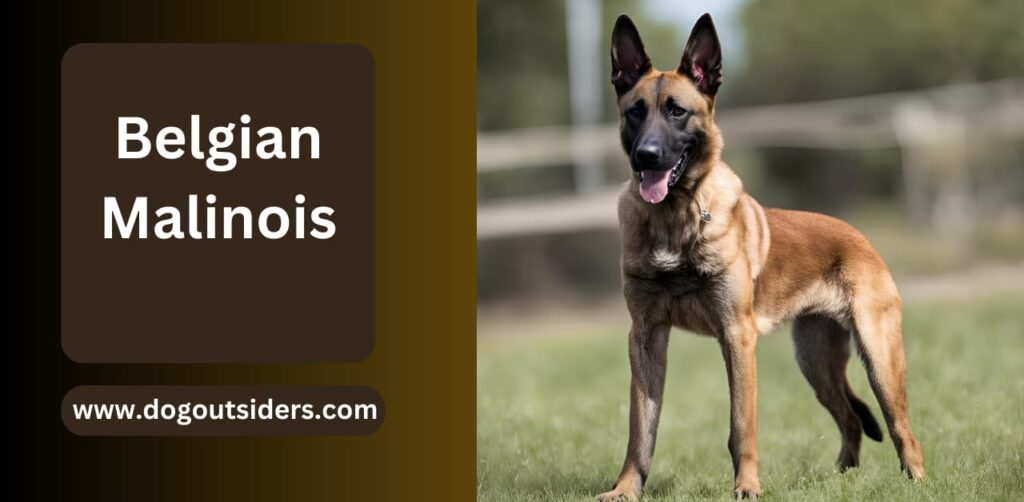
Early socialization is crucial for Belgian Malinois to ensure they develop into well-adjusted adults. Consistent training from an early age is essential to harness their intelligence positively and prevent any undesirable behaviors from manifesting.
Belgian Malinois have a strong prey drive and may exhibit herding instincts, making them vigilant watchdogs but also potentially prone to chasing smaller animals if not properly trained. Their energy levels are high, necessitating regular exercise routines to keep their dog content and well-behaved.
Conclusion:
The breeds discussed in the sections above, such as the Alaskan Malamute, Siberian Husky, and Labrador Retriever, exhibit characteristics that make them suitable for living outside year-round. Their adaptability to various climates and natural protective instincts enable them to thrive in outdoor environments. Understanding the specific needs of these breeds is crucial for ensuring their well-being and happiness.
Choosing a dog that can live outside year-round requires careful consideration of factors like climate, space, and exercise requirements. It’s essential to provide adequate food, Shelter veterinary care, and dog to meet the unique needs of these breeds. Researching and consulting with professionals can help individuals make informed decisions when selecting a dog best suited for an outdoor lifestyle.
FAQ’s:
Yes, most of the breeds listed such as Alaskan Malamute, Siberian Husky, and Bernese Mountain Dog are well-suited for living outdoors year-round due to their thick coats and cold-weather adaptations.
When keeping a dog outside year-round, ensure they have proper shelter to protect them from extreme weather conditions, access to fresh water at all times, regular veterinary check-ups to monitor their health and appropriate nutrition for their energy needs.
To ensure a dog’s safety and comfort living outdoors in all seasons, provide adequate bedding for warmth in colder months, shade and ventilation during hot weather, protection from rain and snow, regular grooming to maintain coat health, monitoring for signs of discomfort or illness, and adjusting care routines based on seasonal changes.
Dogs that live outside year-round may benefit from additional training to reinforce good behavior around outdoor stimuli like wildlife or unfamiliar sounds. Socialization with other animals and people can also help prevent behavioral issues stemming from isolation or territorial behaviors common in outdoor-living dogs.
Challenges of keeping a dog outside year-round include risks of exposure to extreme weather conditions leading to health issues, potential lack of social interaction affecting their mental well-being, increased vulnerability to parasites or predators outdoors, and the need for vigilant monitoring of their overall health and welfare.
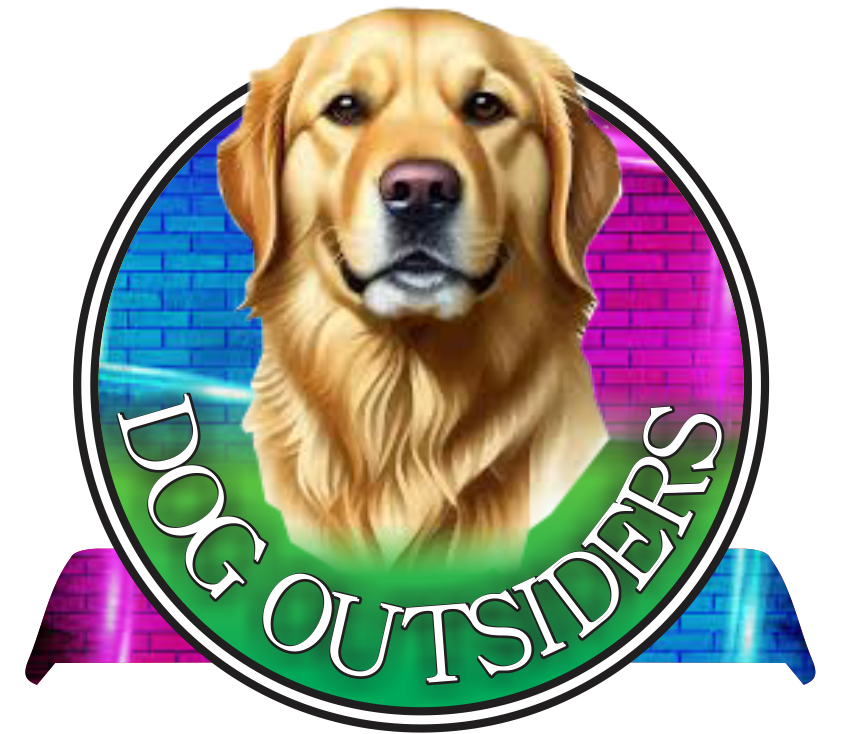
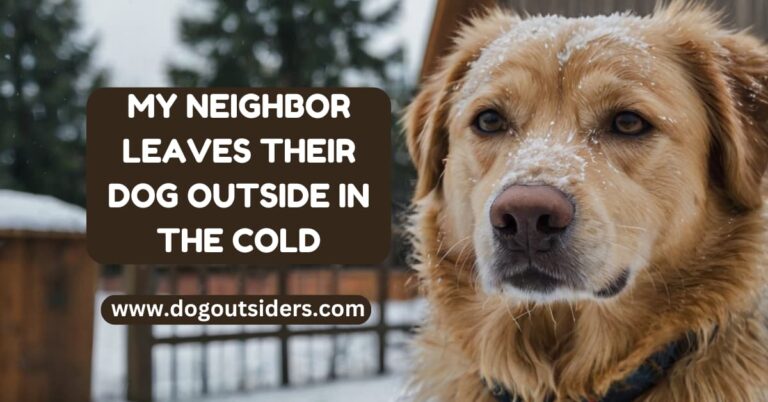
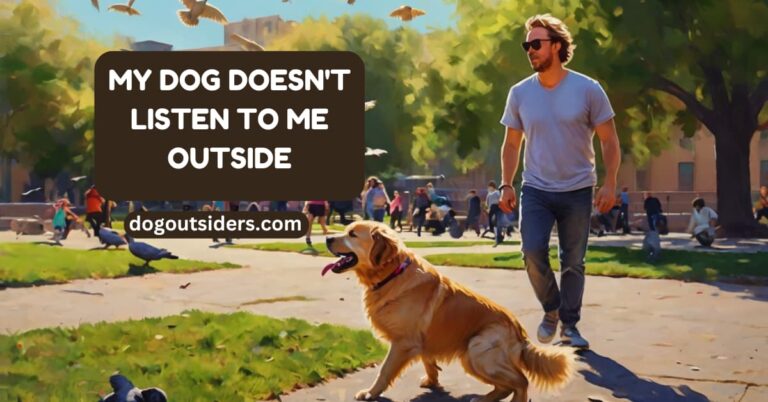

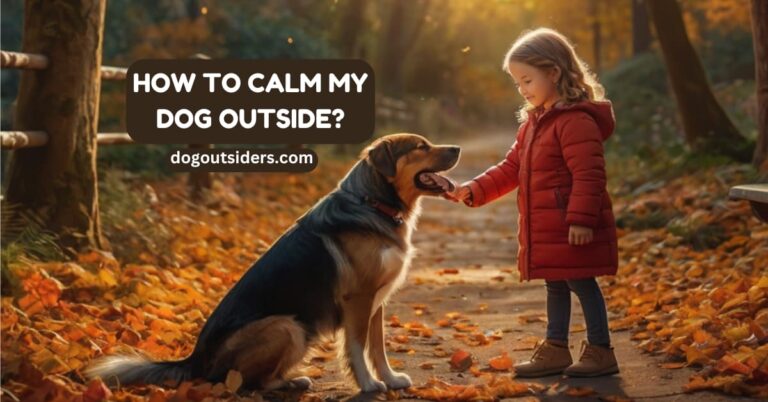
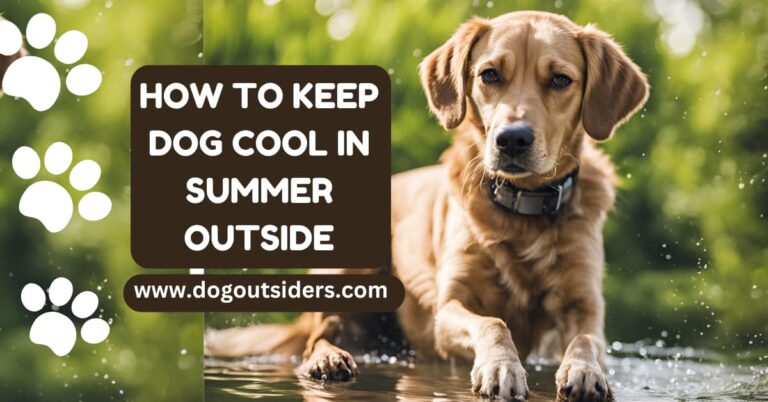

2 Comments